Spectrophotometers measure a light beam’s intensity as a function of its color (wavelength). Important features of spectrophotometers are spectral bandwidth (the range of colors it can transmit through the test sample), the percentage of sample-transmission, the logarithmic range of sample-absorption, and sometimes a percentage of reflectance measurement.
A spectrophotometer i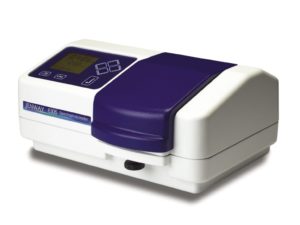 s commonly used for the measurement of transmittance or reflectance of solutions, transparent or opaque solids, such as polished glass, or gases. Although many biochemicals are colored, as in, they absorb visible light and therefore can be measured by colorimetric procedures, even colorless biochemicals can often be converted to colored compounds suitable for chromogenic color-forming reactions to yield compounds suitable for colorimetric analysis. However, they can also be designed to measure the diffusivity on any of the listed light ranges that usually cover around 200 nm – 2500 nm using different controls and calibrations. Within these ranges of light, calibrations are needed on the machine using standards that vary in type depending on the wavelength of the photometric determination.
s commonly used for the measurement of transmittance or reflectance of solutions, transparent or opaque solids, such as polished glass, or gases. Although many biochemicals are colored, as in, they absorb visible light and therefore can be measured by colorimetric procedures, even colorless biochemicals can often be converted to colored compounds suitable for chromogenic color-forming reactions to yield compounds suitable for colorimetric analysis. However, they can also be designed to measure the diffusivity on any of the listed light ranges that usually cover around 200 nm – 2500 nm using different controls and calibrations. Within these ranges of light, calibrations are needed on the machine using standards that vary in type depending on the wavelength of the photometric determination.
Spectrophotometers are used in several scientific fields, including physics, materials science, chemistry, biochemistry, Chemical Engineering, and molecular biology. They are widely used in many industries including semiconductors, laser and optical manufacturing, printing and forensic examination, as well as in laboratories for the study of chemical substances. Spectrophotometry is often used in measurements of enzyme activities, determinations of protein concentrations, determinations of enzymatic kinetic constants and measurements of ligand binding reactions. Ultimately, a spectrophotometer is able to determine what substances are present in a subject and exactly how much through calculations of observed wavelengths.

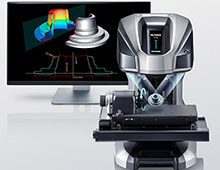
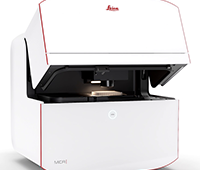
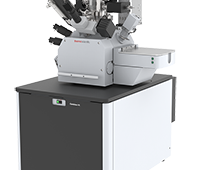
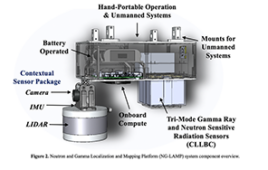
Tell Us What You Think!